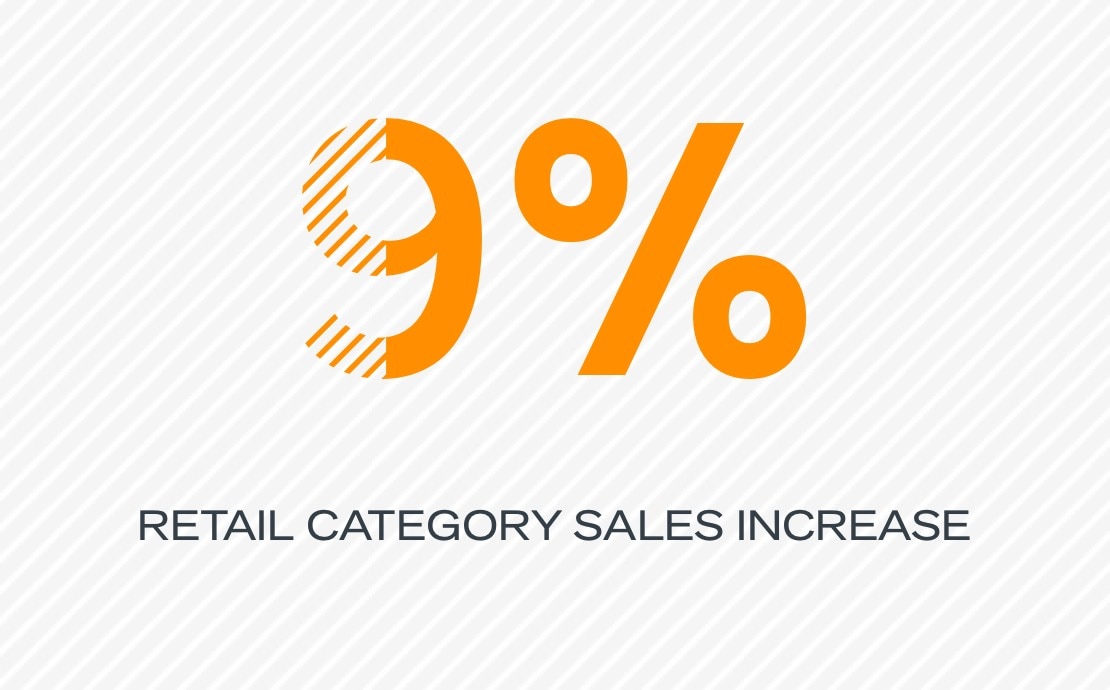

Key highlights
Category
Marketing and Advertising
Location
Headquarters: Headquarters: Madrid, Spain
Solution highlights
- Modern Data Platform: Cloudera Enterprise
- Workload: Analytic Database
- Apache Hadoop Components: Apache HBase, Apache Kafka, Apache Spark
Applications supported
- Business Intelligence
- IoT
Data sources
- IoT sensors
Impact
- Provides real-time analysis into how shoppers are browsing in stores
- Helps retailers optimize product placement and staff management
- Increased sales by nine percent in a major category for one retailer
With a Cloudera Enterprise Data Hub, Shoppermotion is able to apply big data processing and machine learning analytics to create an IoT solution that helps retailers understand in-store consumer behavior.
Overview
Shoppermotion previously Proximus.io, is seeking to transform the physical retail store sector with its proprietary mapping technology that enables brands and retailers to better understand and capitalize on in-store shopper behavior in real time.
With a Cloudera Enterprise Data Hub, Shoppermotion was able to apply big data processing and machine learning analytics to create an IoT solution that measures consumer engagement in stores. With the insights gained, retailers are improving product placement, boosting sales, and creating dynamic in-store experiences.
Impact
Shoppermotion’s IoT solution is helping to answer one of the most important questions for retailers and brands: How are shoppers browsing the store?
By combining the capability to accurately track each consumer’s full path in the store with a high-performance and scalable analytics engine, Shoppermotion can provide real-time analytics that helps brands, marketers, and retailers understand and learn how consumers behave while they shop in store. Shoppermotion’s analytics engine, built on Cloudera Enterprise, is able to process and deliver the massive amount of data that is collected—analyzing the millions of routes shoppers take throughout the store and their stops in each aisle—to help retailers understand shopping patterns and trends, and apply predictive models to suggest in-store improvements.
“Shoppermotion is changing the way in-store offline marketing is done the way online marketing did when Google Analytics for websites appeared back in 2005,” said Jorge García Bueno, CEO, Shoppermotion
New variables, which have been impossible to measure without Shoppermotion’s technology, are now shaping the way retailers think about the in-store shopper. For example, something as simple as the direction in which the shopper walks the aisle can now help marketers determine where to place promotions.
Additionally, measuring and capitalizing on the conversion rates for products and marketing campaigns—metrics that have been successfully used by online retailers for years—is now possible in store.
Business Drivers
The physical retail store sector is limited if the only variable that is used for decision-making is whether or not the shopper purchased a product.
“For decades physical stores have been ‘black boxes’ where shoppers enter and browse for a time we can’t measure, navigating the store without us having knowledge of what and why they do what they do,” said Jorge García Bueno. “As an output we have a ticket that represents a sale.”
Online retail stores know what the shopper viewed, which products they liked and disliked, and how much time they spent shopping before the final sale. Ad conversion rates and click-through ratios, among other variables, help online retailers make strategic decisions.
Retailers and brands make large investments in marketing campaigns and new product creation, and these can be more effective when driven by data and metrics. Shoppermotion’s solution is translating these metrics for physical retailers to make more informed decisions in store.
Solution
Shoppermotion has created an IoT architecture for its clients, using Cloudera Enterprise to easily ingest, store, and analyze streaming sensor data. In each Shoppermotion-supported physical retail store location, small beacons are attached to the shopping carts and baskets. These beacons transmit a signal every second to Bluetooth sensors in the ceiling to track the shopper while in store. The sensors capture the customers’ behavior in real time—which aisles they shop, which direction they approach the aisle, and even how long they dwell in front of different items.
All the information about each store is accessible to Shoppermotion clients in a customized and easily accessible analytics dashboard. Shoppermotion’s team of retail experts can also create specialized business intelligence (BI) reports for retailers based on their specific needs.
With Shoppermotion’s IoT solution, retailers can measure the loss of traffic in each aisle or predict when there will be a peak of shoppers at the checkout line. Brands and marketers can compare promotion conversion rates to individual aisle conversion rates in order to discover opportune windows to run specific marketing campaigns in store.
Why Cloudera
Cloudera Support and Cloudera Manager were key elements in helping Shoppermotion decide to partner with Cloudera over other Apache Hadoop solutions. “Cloudera saves us a lot of maintenance and configuring tasks so that we can focus on more important jobs, and that’s really important for a growing start-up like us...It’s so important that Cloudera integrates quickly with the latest versions of all the services in their stack and with new technologies,” said Marco Doncel, CTO, Shoppermotion.


